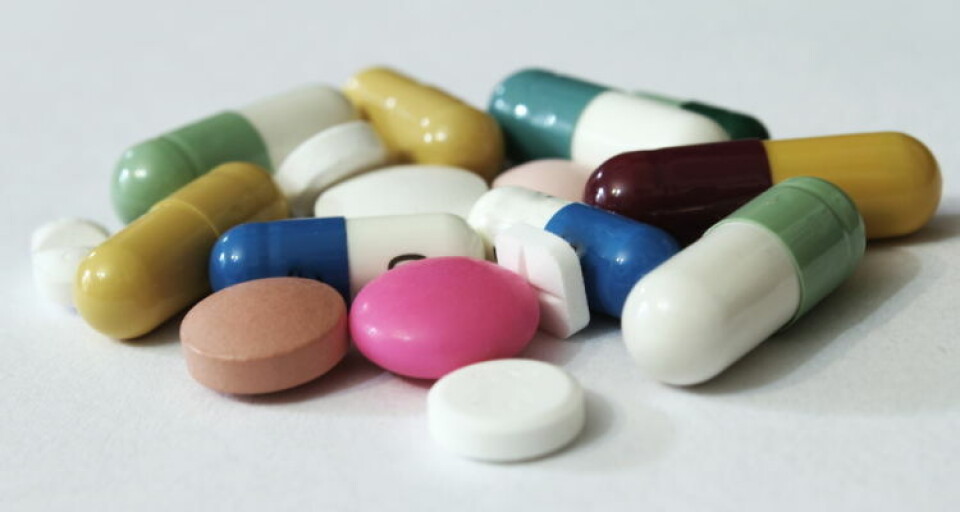
Seven Chilean farmers reveal rises in antibiotic use
Several Chilean fish farmers increased drug treatments in their fish last year, the second sustainability report by industry association SalmonChile has revealed.
In 2016, 476 grams of antibiotics were used per 1,000 kilos of salmon harvested in therapies to fight diseases such as SRS. This meant a decrease of 17.5 per cent compared to the 577 grams recorded in 2015.
But while the overall average decreased, seven of the 15 companies featured in the SalmonChile report - Cermaq, Ventisqueros, Yadran, Multiexport, Camanchaca, Friosur and Salmones Magallanes - increased the use of such therapies for their fish. Also, Australis did not report figures on this item.
AquaChile, Blumar, Cooke Aquaculture, Los Fiordos, Marine Farm, Salmones Austral and Caleta Bay, meanwhile, decreased use of antibiotics, according to the report. SalmonChile's figures differ from those of Sernapesca, Chile's National Fisheries and Aquaculture Service, which includes the entire sector. According to Sernapesca's figures, 525.5 grams were used in 2016 per tonne of harvested fish, down 16.7 per cent compared to 631 grams per tonne of fish harvested in 2015.
'On a very good path'
José Luis Vial, general manager of Ventisqueros, said the use of antibiotics "is a tool against diseases such as SRS that we are forced to use, however, I joined the company 16 months ago to leverage their strengths and correct their weaknesses and use of antibiotics is one of them, so we have taken many steps to date that indicate that we are on a very good path."
Andrés Lyon, general manager of Multiexport, said production planning changes forced by the harmful algal bloom of February 2016 altered the signature indicator of antibiotic use. Fish health had improved in 2017, and use of antibiotics was expected to fall. He said positive results were being seen with use of Pharmaq's Live Attenuated vaccine to combat SRS.
Camanchaca said the rise in antibiotic use had to do with the company trying to grow larger fish, not more of them. In fact, there were fewer pharmacological processes per cycle in 2016, with a total average of 2.68,e, while in 2015 it was 2.91.
Optimising use of drugs
According to Óscar Garay, farming manager of Salmon Magellan, in 2016, his use of antibiotics was seen "not because we used more, but because we ran harvests by 2017 and the index is calculated dividing the kilos of drug applied by the biomass of fish produced in a calendar year (from January to December). We estimate that this year will not surpass the 250 grams of these drugs per tonne of salmon (in the previous period it was 804.03 grams)".
Besides that, "we are also optimising the use of drugs to minimise possible use of them. Thus, now when the fish are bad, we did not treat the entire establishment, which was usual and recommended, and we see which cages have the disease. This represents a risk, especially in the area, since in the autumn and winter food intake is considerably reduced due to low temperatures and therefore antibiotics cannot be administered. So, if we do not give it in time, we run the risk of increased mortality, "explained Garay.
The manager of Magellan Salmon Farming also stressed that the use of antibiotics is highly regulated and supervised in the Chilean industry.
SalmonChile president, Felipe Sandoval, made it clear that the topic of pharmacological treatments should be seen with a long-term perspective, since in his opinion all the expected improvements could not happen from one year to another. He added that "we must always continue efforts to reduce the use of antibiotics in the sector".























































